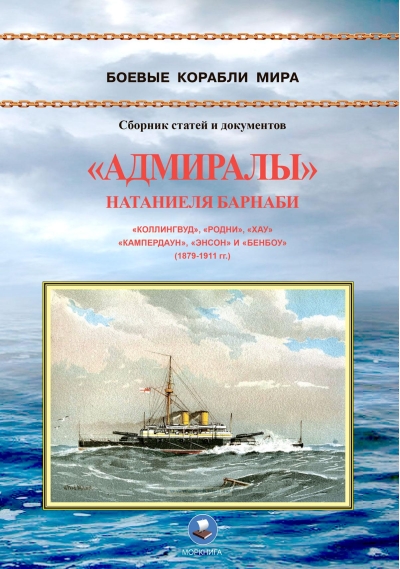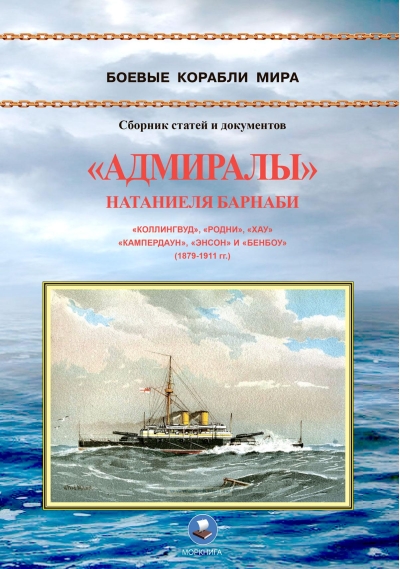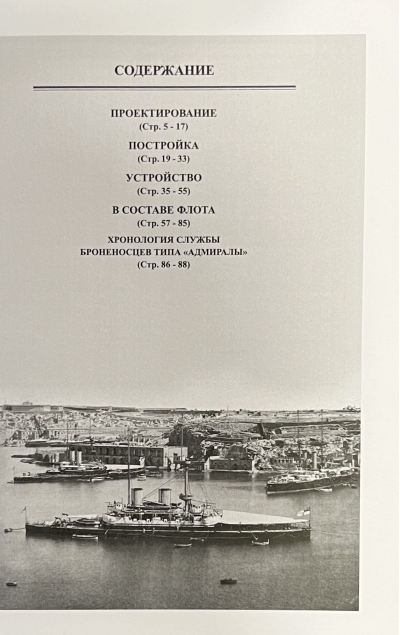Nathaniel Burnaby's "Admirals"
19.99 €
Out of stock
Collection of articles and materials.
Six conventionally identical armored ships of the type "Admiral", which will be discussed in this book, became famous not because of guns or strong armor, but thanks to the ram. The Anson ram found a victim on March 17, 1891 in the form of the passenger steamer Utopia. The victims of the collision were 564 people. And the ram of the "Camperdown" had the honor of showing the English lords the importance of vitally unimportant fins. Otherwise, the monster series proved to be of quite mediocre qualities.
The nine-year construction of the six ships aged them on the slipway. On sea trials, being underloaded by 1500 tons, they developed 15.5 knots, with boosting from 16.9 and even up to 17.5.
In life they were overloaded so that the armor belt was below the waterline and these ships never reached such a speed again. Unsatisfactory seaworthiness, unsatisfactory belt armor (57% of the length is not armored!), low rate of fire, which made useless toy of their monstrous guns - all this very soon put the cross on them as the ships of the first line.
In the 1890s the "Admirals" were transferred to coastal defense, and in the early 1900s were relegated to the reserves.
The book is richly illustrated with many photographs, drawings and diagrams.
Six conventionally identical armored ships of the type "Admiral", which will be discussed in this book, became famous not because of guns or strong armor, but thanks to the ram. The Anson ram found a victim on March 17, 1891 in the form of the passenger steamer Utopia. The victims of the collision were 564 people. And the ram of the "Camperdown" had the honor of showing the English lords the importance of vitally unimportant fins. Otherwise, the monster series proved to be of quite mediocre qualities.
The nine-year construction of the six ships aged them on the slipway. On sea trials, being underloaded by 1500 tons, they developed 15.5 knots, with boosting from 16.9 and even up to 17.5.
In life they were overloaded so that the armor belt was below the waterline and these ships never reached such a speed again. Unsatisfactory seaworthiness, unsatisfactory belt armor (57% of the length is not armored!), low rate of fire, which made useless toy of their monstrous guns - all this very soon put the cross on them as the ships of the first line.
In the 1890s the "Admirals" were transferred to coastal defense, and in the early 1900s were relegated to the reserves.
The book is richly illustrated with many photographs, drawings and diagrams.
See also:
- All books by the publisher
- All books in the series The warships of the world











